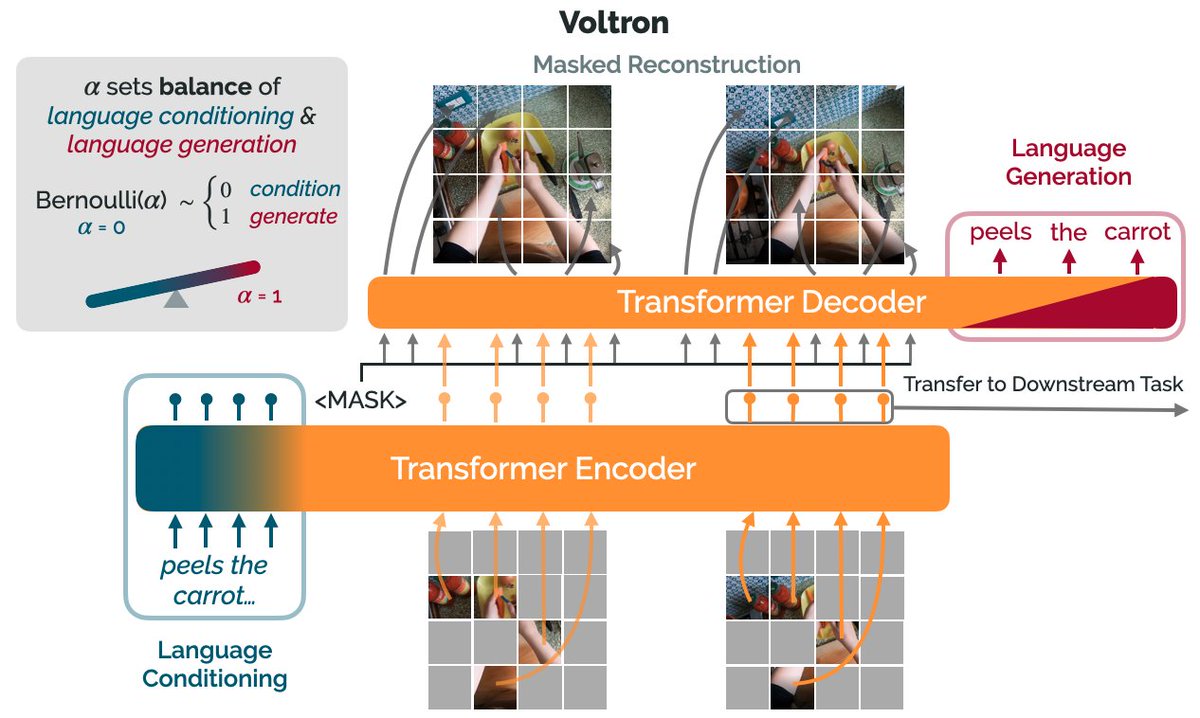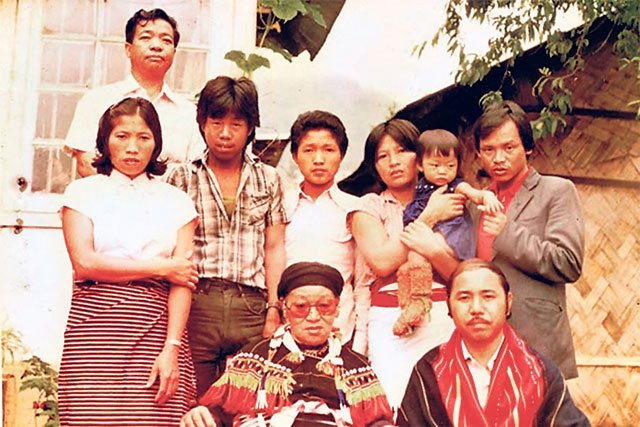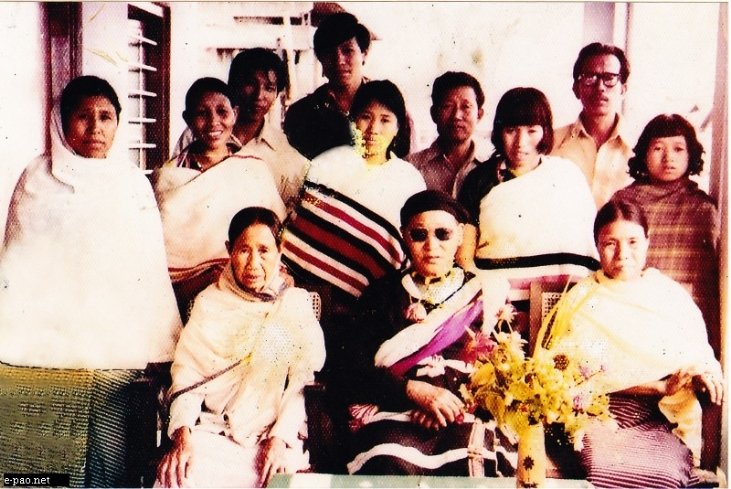✅that sweet spot of confidence where you’re confident of attaining a goal in the future, but are humble about your existing tools/methods.
✅that sweet spot of confidence where you’re confident of attaining a goal in the future, but are humble about your existing tools/methods.
💯Such that errors and mistakes become a helpful part of your learning and discovery process.
👉Whereby you seek out constructive conflict and invite others to challenge your thinking.
✅where you avoid identity foreclosure, use regular “life checkups” to adjust your path, and find happiness without actively seeking it.
Persuasion is like dancing: you need to choreograph steps and adjust to your partner so both sides can move in
Learn the strategies that separate expert negotiators from average ones, and apply them to influence others more effectively
👉🏻Biases and prejudices can present real obstacles to communication, rethinking and change.
✅ prejudice and stereotypes to open people’s minds to alternatives.
👉🏻People may resist an idea not because they disagree with it, but because they resent your attempt to influence or change them.
👉🏻Help others to shift away from binary black-or-white, either-or perspectives.
✅Recognize the full spectrum of options and perspectives with varying shades of grey, including the emotional complexity in yourself and others.
💯Use a range of strategies to cultivate mental agility from young.
✅Learn to incorporate 2 core ingredients—psychological safety and accountability —so people feel safe to experiment, challenge one another and seek excellence.
• Make time for stillness
• Master over your mind
• Practice decision-making skills
Work on your mental models. Practice critical thinking
💯Get your copy NOW:👇
https://t.co/GDcvG9APiD
✅Make sure to FOLLOW (@1deepNote)
✅Please help Us by Retweeting the very first tweet as a favour for us.✌️
https://t.co/g9uq0IsnRp
10 TOP Lessons From the Book \u201cThink Again\u201d
— Deep Note (@1DeepNote) March 12, 2022
\U0001f4d7Book Review pic.twitter.com/QMrtW3tY2v
More from Deep Note
More from All
Unfortunately the "This work includes the identification of viral sequences in bat samples, and has resulted in the isolation of three bat SARS-related coronaviruses that are now used as reagents to test therapeutics and vaccines." were BEFORE the

chimeric infectious clone grants were there.https://t.co/DAArwFkz6v is in 2017, Rs4231.
https://t.co/UgXygDjYbW is in 2016, RsSHC014 and RsWIV16.
https://t.co/krO69CsJ94 is in 2013, RsWIV1. notice that this is before the beginning of the project
starting in 2016. Also remember that they told about only 3 isolates/live viruses. RsSHC014 is a live infectious clone that is just as alive as those other "Isolates".
P.D. somehow is able to use funds that he have yet recieved yet, and send results and sequences from late 2019 back in time into 2015,2013 and 2016!
https://t.co/4wC7k1Lh54 Ref 3: Why ALL your pangolin samples were PCR negative? to avoid deep sequencing and accidentally reveal Paguma Larvata and Oryctolagus Cuniculus?
Hello!! 👋
• I have curated some of the best tweets from the best traders we know of.
• Making one master thread and will keep posting all my threads under this.
• Go through this for super learning/value totally free of cost! 😃
1. 7 FREE OPTION TRADING COURSES FOR
A THREAD:
— Aditya Todmal (@AdityaTodmal) November 28, 2020
7 FREE OPTION TRADING COURSES FOR BEGINNERS.
Been getting lot of dm's from people telling me they want to learn option trading and need some recommendations.
Here I'm listing the resources every beginner should go through to shorten their learning curve.
(1/10)
2. THE ABSOLUTE BEST 15 SCANNERS EXPERTS ARE USING
Got these scanners from the following accounts:
1. @Pathik_Trader
2. @sanjufunda
3. @sanstocktrader
4. @SouravSenguptaI
5. @Rishikesh_ADX
The absolute best 15 scanners which experts are using.
— Aditya Todmal (@AdityaTodmal) January 29, 2021
Got these scanners from the following accounts:
1. @Pathik_Trader
2. @sanjufunda
3. @sanstocktrader
4. @SouravSenguptaI
5. @Rishikesh_ADX
Share for the benefit of everyone.
3. 12 TRADING SETUPS which experts are using.
These setups I found from the following 4 accounts:
1. @Pathik_Trader
2. @sourabhsiso19
3. @ITRADE191
4.
12 TRADING SETUPS which experts are using.
— Aditya Todmal (@AdityaTodmal) February 7, 2021
These setups I found from the following 4 accounts:
1. @Pathik_Trader
2. @sourabhsiso19
3. @ITRADE191
4. @DillikiBiili
Share for the benefit of everyone.
4. Curated tweets on HOW TO SELL STRADDLES.
Everything covered in this thread.
1. Management
2. How to initiate
3. When to exit straddles
4. Examples
5. Videos on
Curated tweets on How to Sell Straddles
— Aditya Todmal (@AdityaTodmal) February 21, 2021
Everything covered in this thread.
1. Management
2. How to initiate
3. When to exit straddles
4. Examples
5. Videos on Straddles
Share if you find this knowledgeable for the benefit of others.
Introducing Voltron: Language-Driven Representation Learning for Robotics!
Paper: https://t.co/gIsRPtSjKz
Models: https://t.co/NOB3cpATYG
Evaluation: https://t.co/aOzQu95J8z
🧵👇(1 / 12)

Videos of humans performing everyday tasks (Something-Something-v2, Ego4D) offer a rich and diverse resource for learning representations for robotic manipulation.
Yet, an underused part of these datasets are the rich, natural language annotations accompanying each video. (2/12)
The Voltron framework offers a simple way to use language supervision to shape representation learning, building off of prior work in representations for robotics like MVP (https://t.co/Pb0mk9hb4i) and R3M (https://t.co/o2Fkc3fP0e).
The secret is *balance* (3/12)
Starting with a masked autoencoder over frames from these video clips, make a choice:
1) Condition on language and improve our ability to reconstruct the scene.
2) Generate language given the visual representation and improve our ability to describe what's happening. (4/12)
By trading off *conditioning* and *generation* we show that we can learn 1) better representations than prior methods, and 2) explicitly shape the balance of low and high-level features captured.
Why is the ability to shape this balance important? (5/12)





























